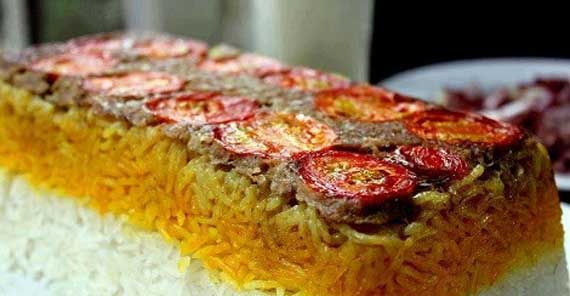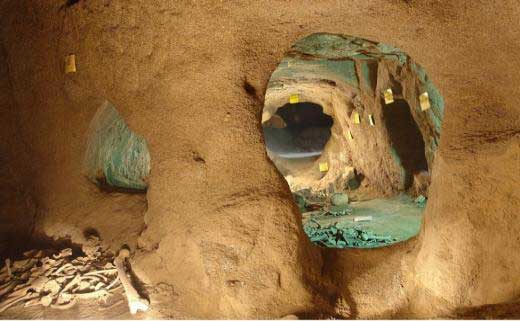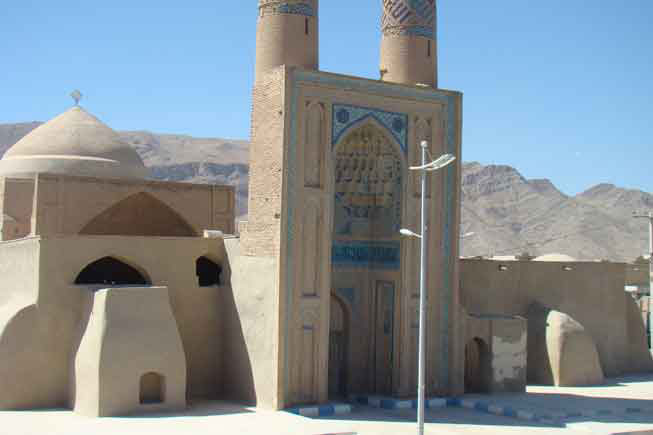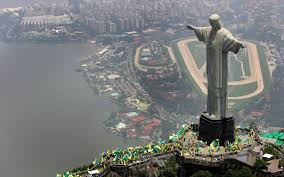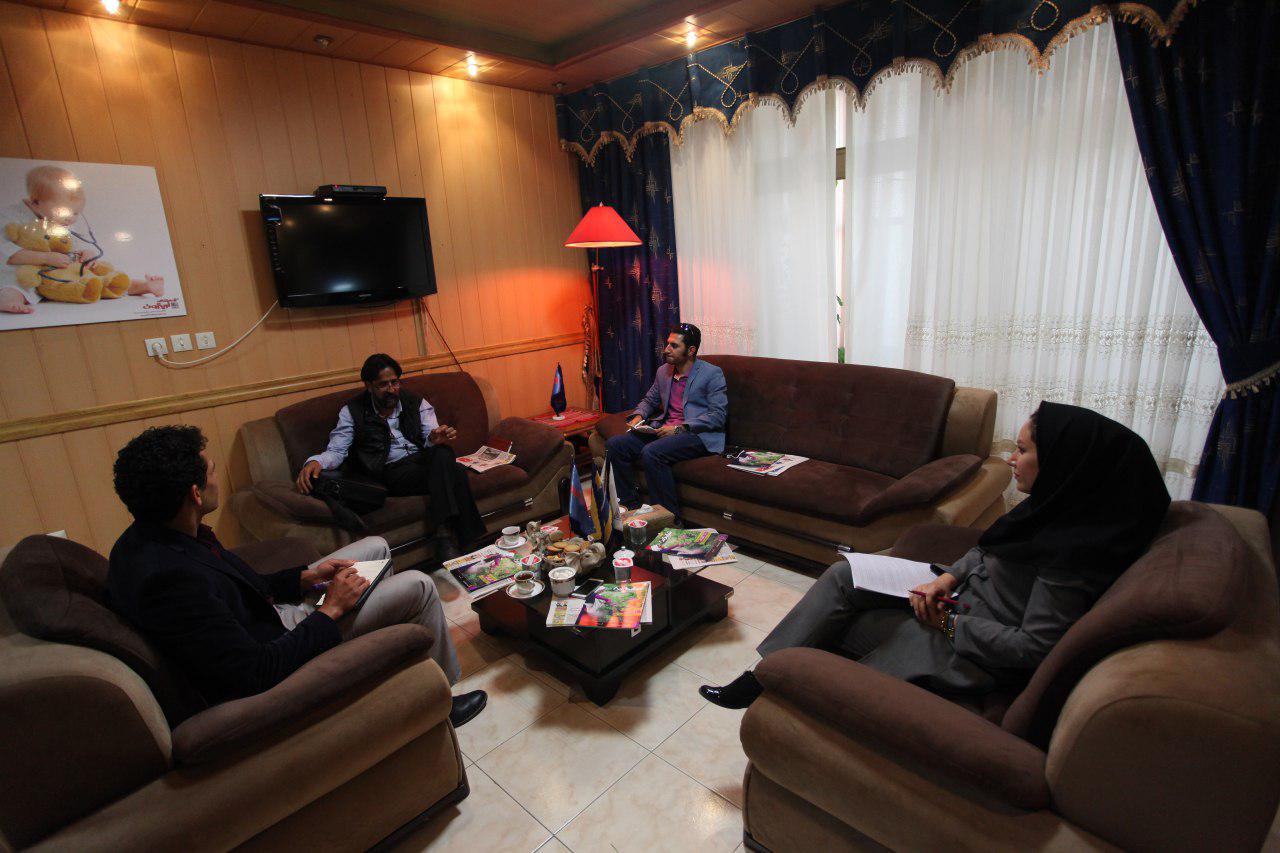Safavid Magnificent palaces , beautiful gardens
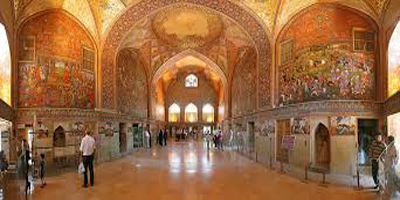
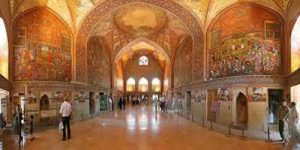
Isfahan, under the Safavid dynasty witnessed a golden era of construction and development. Extensive construction was carried out in Isfahan. Magnificent palaces and beautiful gardens and orchards were built along the Zayandeh Roud River. Unfortunately, after the fall of Safavid Empire and especially during Qajar period most of these palaces were destroyed.
Only few pieces of stones which were used as pillars’ bases have remained. A part of Chehel Sotun garden and the Hasht Behesht palace have survived, but a palace called Haft Dast (Seven Hands) which was located near the Khadju Bridge was completely demolished. The Aineh Khaneh palace was another glorious building which was destroyed. The Namakdan pavilion (the salt cellar) was demolished by the command of a mad ruler called Zele Sultan.
Baghe Zereshk (the Barberry Orchard) pavilion which was located in Chahr Bagh St. was ruined in the 19th century. Besides these palaces and pavilions a large number of beautiful Safavid style houses were demolished too.ith the court and government bureaucracy without having to follow the itinerant monarchs.
ALI QAPU PALACE
At the west of Maidane Immam (Naghsh-e Jahan), just in front of the Sheikh Lotfollah mosque one, of the most magnificent palaces of 17th century is located. The Ali Qapu palace is well-known palace all over Iran. The first part of palace was built in 1597. It was used as a residential palace. Shah Abbas the great, ordered to construct the palace on the site of palace and garden from the Timurid time. Shah Abbas’s palace was a four floors with a veranda. Shah Abbas the second, expanded the palace and a music hall (room) was constructed on the top of palace.
CHELEL SOTUN PALACE
Several palaces were built in Isfahan, during Safavid era few of them have survived. Even those which have survived were severely damaged. The palace of Chehel Sotun (palace of 40 pillars) is located in a vast beautiful garden. The original garden was larger than now. The present garden is 60000 square meters. The palace area is about 2125 square meters. There is a large pool in front of the palace. The first part of palace was built during Shah Abbas the great period. The beautiful frontal porch and the mirror ornamented Eivan were built during Shah Abbas the second era. It was used as a reception palace; foreign delegations and royal guests were entertained in this palace.
Hasht Behesht palace
The Hasht Behesht palace was built in the centre of Baghe Bolbol (The Nightingale Garden) dates back to 1660. The palace is the most important building which was built during Shah Suleiman Safavid time. The palace experienced new styles of stucco work and stained glass and mirror works. Hasht Behesht was renovated by Fathali Shah Qajar in the 19th century. It was used as residential palace by Zele Sultan (Fathali Shah’s son). This useless man even did not maintain ornamentations of the palace.
TALAR-E- ASHRAF
This Palace which dates from the time of Shah Abbas II is situated just to the west of the main Palace of Ali Qapu and east of another palace, known as Hasht Behesht. It is currently used as an officers’ club by the army and is therefore closed to visitors. It derives its name from the period when Isfahan was ruled by Afghanis whose leader, Ashraf, made this building his headquarters.
Beside it is the Natural History Museum which is housed in another fine palace whose somewhat unpreposessing exterior belies the elaborate decoration inside. This is open to the public and is architecturally very similar.

